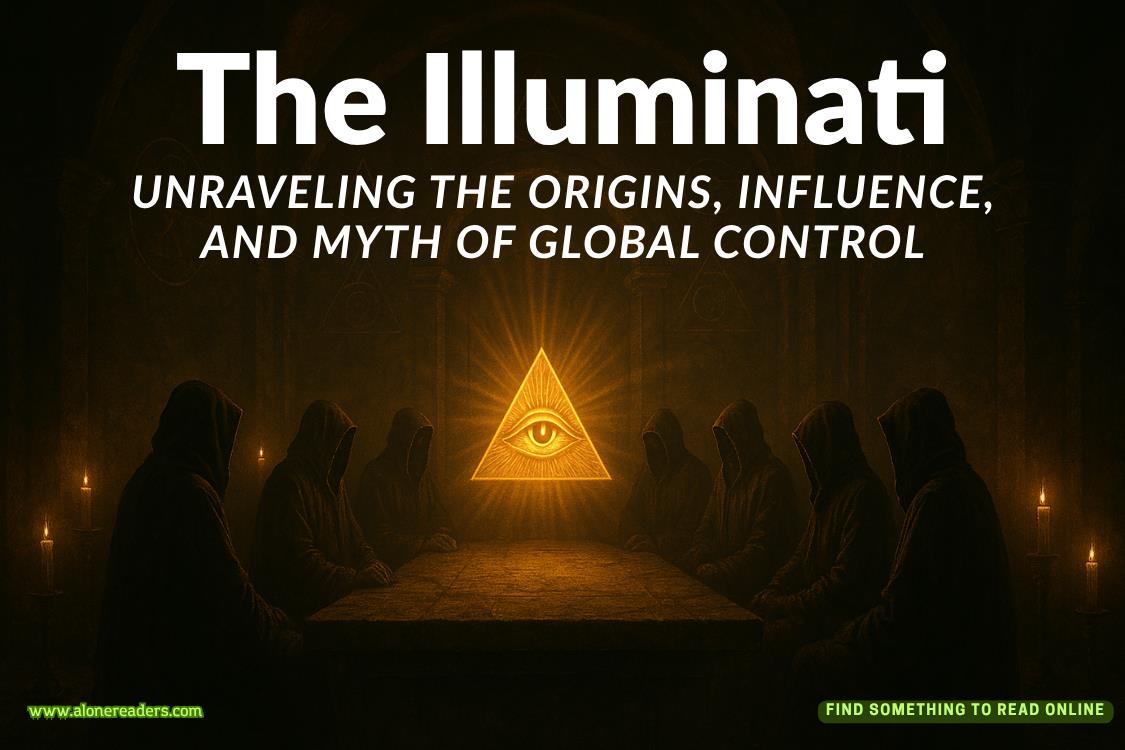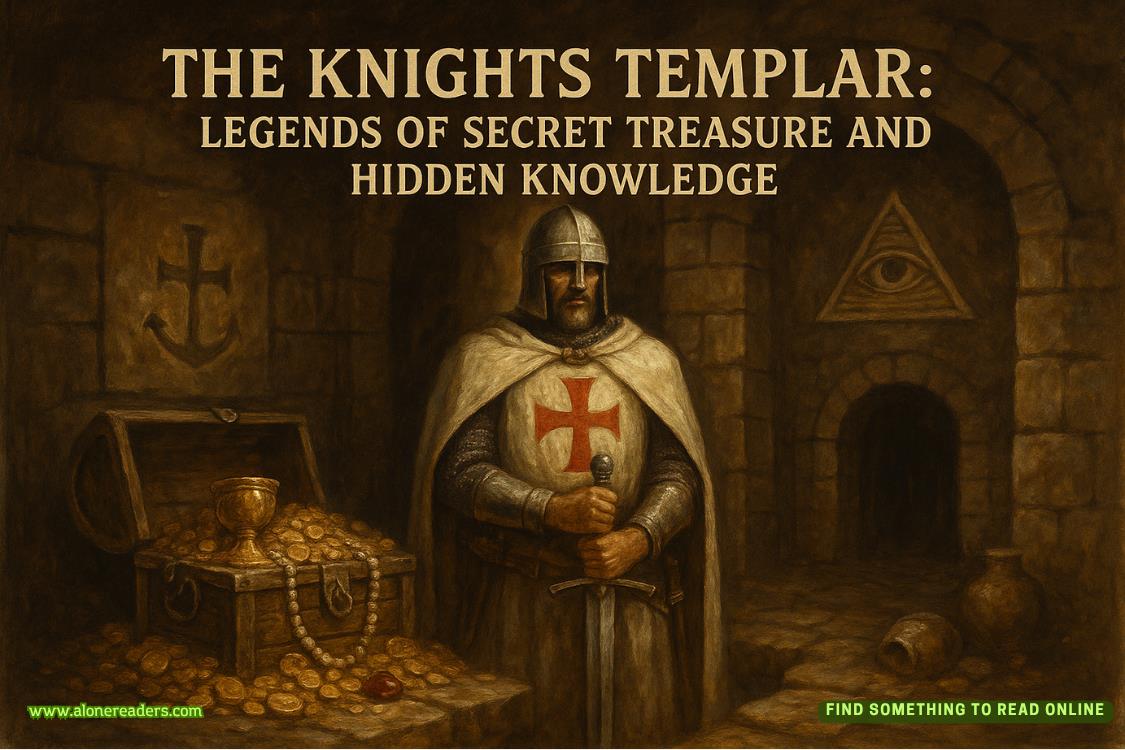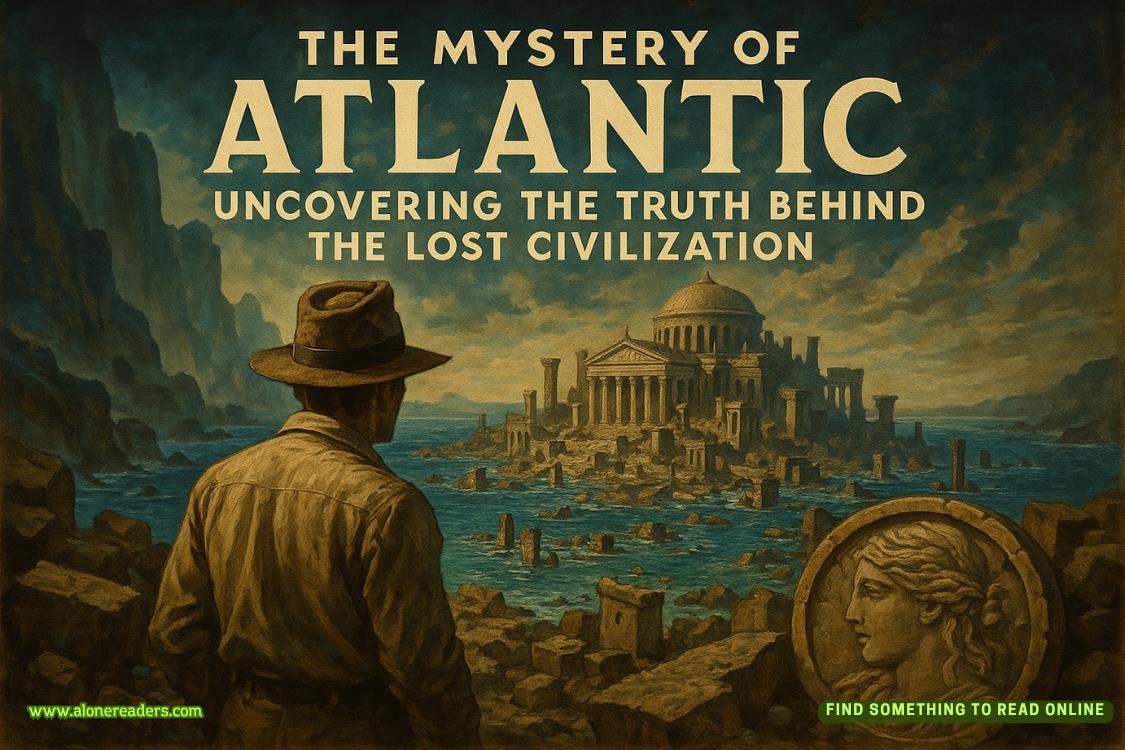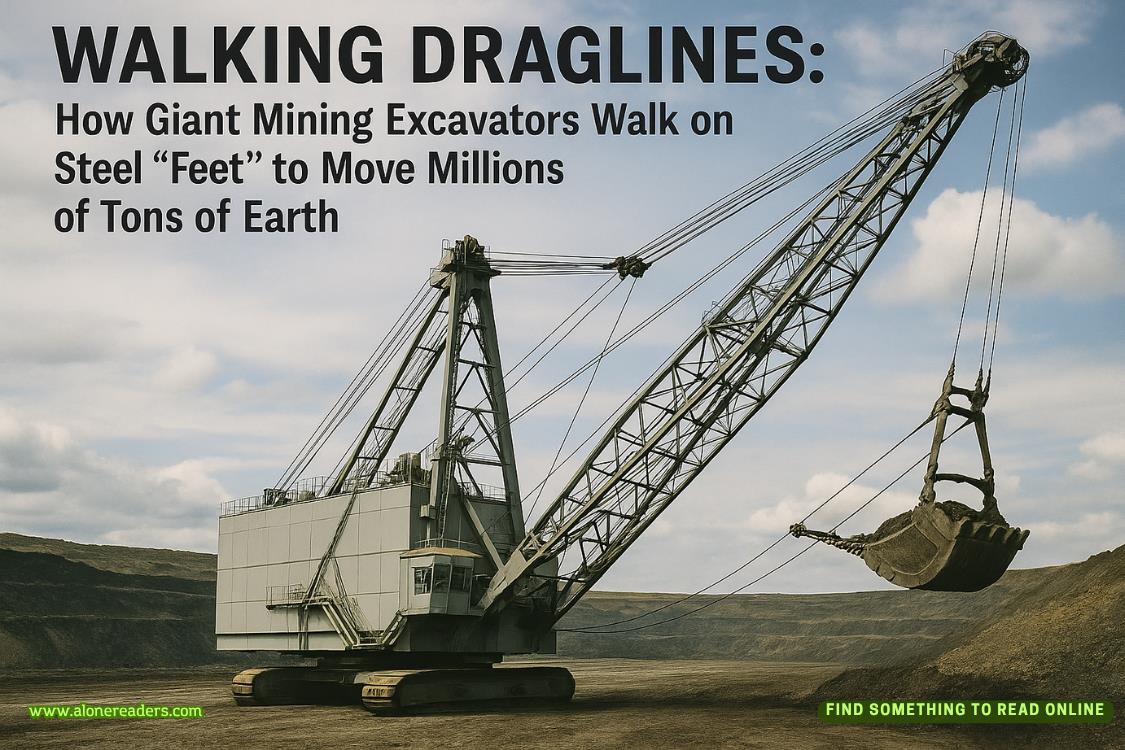Page 32 of Welcome to Murder Week
Its blossoms have the mightiest power
To soothe my spirit’s care.
“Who’s that?” Wyatt asks.
“Emily Brontë,” Amity says.
“The creator of Heathcliff?” I’m astonished. “So by the time she penned that poem, the depression had lifted?”
“Oh, no,” Amity says. “It gets much darker.”
I take a step off the path so I can be surrounded by this ocean of color. My mother used to tell me a bedtime story, one that went on for years, that took place in a country village surrounded by hills of bluebells that bloomed briefly every spring. All the village children would scamper out to see them before they faded and died, singing a nursery rhyme that was gibberish to me—bluebells, cockle shells, eevy, ivy, over.
“Are you okay?” Amity asks.
“The flowers reminded me of something.”
I tell them about the country village with the bluebells in my mother’s story, and how I never expected to see those flowers in real life.
“Maybe that’s why she wanted you to come here,” Wyatt says.
“My mother could be flighty, but she would not spend thousands of dollars to show me some flowers, no matter how pretty.”
When we come out of the woods, we follow the path across another meadow, this one a cow pasture. The animals ignore us, but their presence is jarring after the peaceful landscape of the bluebells. It’s so strange walking through someone’s property. I keep expecting a farmer with a rifle to pop out from behind a tree and tell us to get off his damn land. But we’re not in America anymore; this is Britain,which Amity says has ninety-one thousand miles of footpaths, often crossing private land, on which the public has the legally protected right to walk and stop briefly to admire the view. There are also bridle paths, where you can ride a horse or a bicycle. The paths go back centuries, I suppose so people could get to the market or church and young women in books could take bracing walks and arrive at their destination with mud on their hems and color in their cheeks.
We cross another field, this one dotted with bored-looking sheep, which seem to be the only kind. My headache starts to dissipate. It feels good to walk the countryside like this, to not only admire the landscape but be part of it. As we traipse through meadows and fields, I start to feel steadier and stronger. I read once that the cure for anything is salt water—sweat, tears, or the sea—and that may be true, but walking is setting me to rights. It’s hard to believe I’ve been here for only three days. There’s an ease I feel with Wyatt and Amity that often eludes me with people at home. And this landscape is so soothing, though like nowhere I’ve ever been. It’s a pleasant kind of disorientation. This must be why people travel. Tiny yellow flowers bloom in the grass. The air smells sweet. The breeze is soft, even ticklish. In the distance, a tall church spire rises from the trees.
“The village in my mother’s story had a church with a crooked spire,” I say. “It was straight until a devil kicked it or something.”
“I’m pretty sure there’s a church with a crooked spire not far from here,” Amity says. “I read about it in a guidebook.”
“Engineering wasn’t so great, back in the day,” I say. “There are probably lots of churches with crooked spires.”
Amity takes out her phone. She reads for a bit and then says, “Look at this.”
It’s a photograph of an old church, with a spire that’s twisted like soft ice cream and leaning to one side.
“That’s the Church of St. Mary and All Saints in Chesterfield,not far from here,” she says. “Otherwise known as the Church with the Crooked Spire. Let’s see. The twisting can be explained by the physics, blah blah blah, lead and wood, the sun heating the lead covering on one side, blah blah. But there are also less scientific explanations.”
“Such as?” I ask.
“One says that the devil sneezed while holding on to the spire and twisted it in one go. Another is that the devil wrapped his tail around the spire and then tried to fly away with it. And one says that a devil got stung by a bee and it hurt so much that he flung out his leg and kicked the spire.”
“This is the same spire?” Wyatt says.
“What?” I don’t get what he’s talking about.
“That’s three things,” Wyatt says emphatically. “The Queen’s swans, bluebells, and the church with a crooked spire. All things in your mother’s stories that have a connection to this area. Don’t you find that odd?”
“I mean, maybe? But it’s probably just coincidence.”
“I don’t think so,” Wyatt says. “I think your mother knew this area, maybe even Willowthrop itself, and that’s why she wanted to come. You need to keep a list—note down anything that links your mother to something here.”
I loved my mother’s bedtime stories, both because they were fanciful and because they were long. She’d never leave in the middle of a story, and as long as she was talking, I knew she was staying put. I’d ask lots of questions so that she’d go into more detail and conjure more fabulous tales. My favorite part of the village story was about a magical bridge with five arches. The bridge crossed a river, and if you stood on the banks at the right time and lifted your arms up as high as you could, a train would come over the arches and transport you somewhere wonderful—to a fairy village, or anenchanted bakery, or a farm where all the ponies were snow white with gaits as smooth as rocking chairs.
Amity surveys the pasture sloping below us and the woods in the distance.
“There,” she says, pointing at four chimneys poking above the treetops. “That must be Hadley Hall. We’re heading that way.”















